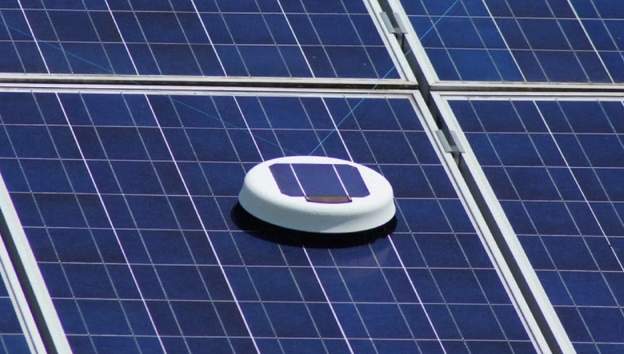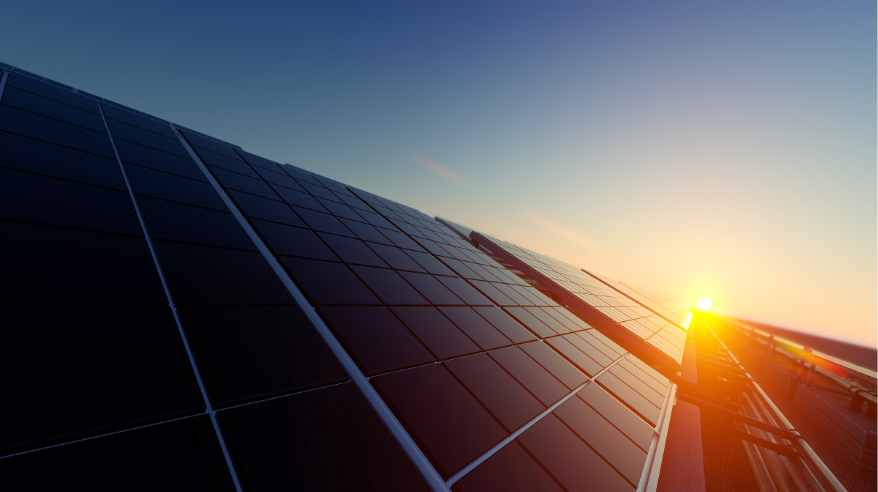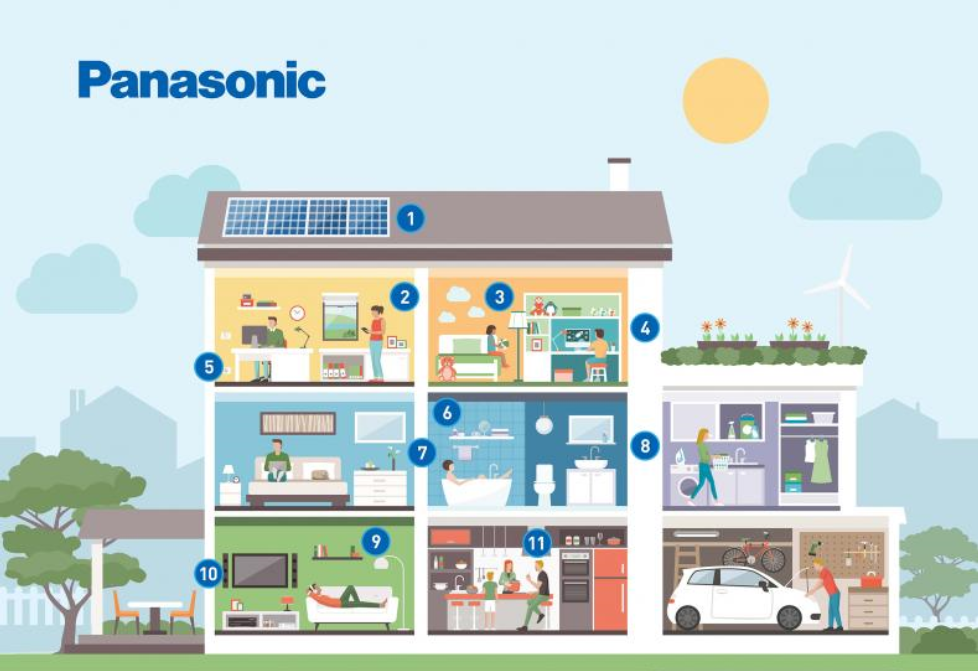To really understand how you can benefit from solar, it helps to start with knowing how much power you use, and how much you pay for it. Surprisingly, that math isn’t always as simple as we think.
Utility companies have different rates, rate structures, and connection fees. When you add those to tiered rate structures, giant seasonal changes, the new time-of-use (TOU) plans that charge different rates for on and off-peak times, taxes associated with usage, and the sheer volume of information on our electric bills — making sense of it can be an exhausting endeavor!
This article will help you understand the formula for saving with solar. The basic formula looks at your connection fee and fixed costs. Before you jump in though, you should keep these points in mind:
1. Connection Fees
The electric company charges a connection fee to be connected to the grid, even if no electricity is used. Different utilities have different connection charges, and of course, you can’t forget taxes!
For calculation purposes, if the charge is a set fee, the cost should be assigned to the connection charge; if it’s based on the power usage, then the cost should be lumped in with the cost of electricity.
2. Taxes
It’s also important to understand that we pay taxes and surcharges through our utility bill. Some of the charges are usage-based, so if the usage is eliminated by using solar power, then that cost should be included in the cost of electricity, as opposed to the fixed cost of the connection fee. Location is also a factor in taxes. Those who live in the city limits pay a higher tax rate than those who live in rural areas, and pay only county taxes.
3. Tiered and Time-of-Use Rate Structures
Almost all utility bills have a tiered cost structure. For your water or gas bill, the usual setup is the more we use, the more we pay per unit. Time-of-use is a little more specific to electric providers (you can see a good example in TEP’s fee structure, here). The water company doesn’t care when you shower or wash the dishes; they just care how many gallons of water you use. Electric providers are different. They have more strain on their electric grid at different times of the day and year.
Typically, in the summer months in the later afternoons, utilities see the most demand for electricity. The vast majority of homes and businesses are up and running since here in Arizona we’re especially likely to be cranking the air conditioners up in the afternoon. Because of this, utilities have started to offer time-of-use rate plans. With a TOU rate plan, they lower the cost of power during off peak times, and then increase the cost of electricity during peak demand times, typically Monday-Friday, 6 to 9pm (and 3pm to 7pm in the summer).
For some people, this can have a positive impact on their overall bill, and for some it can contribute to a higher overall cost of electricity. It just depends on how and when we use power. As we move to the future of utility rate structures, we can expect this to be more common. That is why solar, smart home technology, internet-of-things (IoT) devices like smart thermostats and batteries, and some behavioral changes will all be key to help control costs. Simple changes like running dishwashers, clothes washers and dryers, and pool pumps during off-peak times can save consumers a large chunk of money— and that’s just the start!
4. Demand Plans
As if taxes, tiers, and time of use weren’t enough, demand rate plans are popping up, too. With new smart meters, utilities have greater insight into how power is being used and billed. As a result, they have now made new demand rate plans available. With a demand plan, you have a separate charge that measures the amount of power spikes (in watts) and assigns a charge based on the level. While new charges are generally to be avoided, this one can actually be helpful. This is because while there is an added charge on the bill, it also reduces the cost of the kwH rate, (kilowatt hour) you are charged. Those who cool their house with a swamp cooler don’t have the typical spike in power that AC units have, so demand charges are quite minimal, and this type of plan is more cost effective.
Also, battery systems have the benefit of being able to virtually eliminate demand by using the battery to supply the spike needed when an appliance turns on. So solar systems that have incorporated a battery are more financially favorable with a demand rate plan.
5. Agendas & Politics
Speaking of the true cost of power: it’s important to note there is a difference between the true cost of power, and the true cost of power to the consumers. The utilities industry is one of the most heavily subsidized industries in the world, on many levels. If the subsidies were removed, the true cost of power and the kilowatt hour would be much higher.
When we take into account that pollution caused by some forms generating electricity has hugely consequential public health impacts and costs associated with it — well, then the final, true cost is clearly higher as well. We also need to be aware that these utilities exist for profit, and have financial and political agendas. They often post information and data that is more slanted to suit their agenda. So taking information from them often calls for a few grains of salt for the smart consumer, as well.
So, let’s get back to the topic: How much are your current electric costs; and would solar panels be a smart payoff for you? Figuring this out is straightforward:
First, we find the connection charge and the fixed costs. Typically, the connection charge costs Arizona residents about $15 – $25 a month. So, for our hypothetical bill-payers — let’s call them Bill and Belinda Billpayer — we can assume a connection fee of $20.
Second, we subtract that value from the dollar amount of the bill. If Bill and Belinda pay $135 on average for their bill, and are charged $15 to connect, so we are left with $120 after subtracting the fee. This is easy to find since it is usually the first charge on the bill, and you’ll see terms like “Basic Service and Meter Charge,” or another ‘basic’ name.
For our third and final step, take the remaining bill amount, and divide it by the Total kwH Usage on your bill. You will then get a cost per kwH that you can use to compare against your expected rate when going solar. For Bill and Belinda, when we divide by their kwH on their bill, 790 kwH, we see that they are paying 14.5 cents per kwH, and would be smart to check out solar! TEP and TRICO residents will likely find that their costs are between 11 to 16 cents per kwH.
And there you have it. This simple number is useful because it can serve as a benchmark (though watching your electric costs rise year-over-year may or may not be your thing!), and it can also help you gauge your financial benefits in going solar.
Looking for the next piece of the puzzle, your kwH costs once you’ve gone solar? Well, that’s why we’re here! Call Sunbright Solar today to get your free, expert solar evaluation. It could save you tens of thousands of dollars over time, so what’s stopping you? Call today! 520-222-9993







Recent Comments